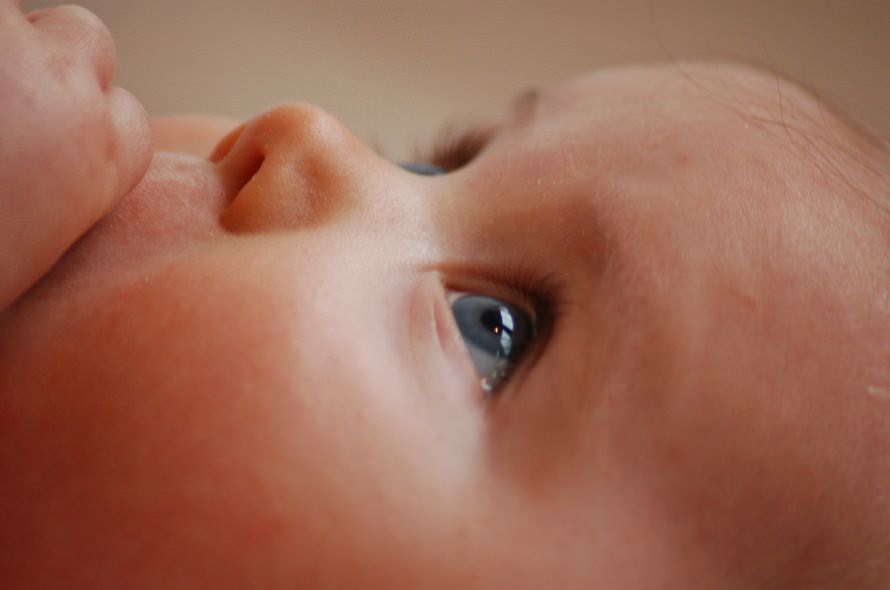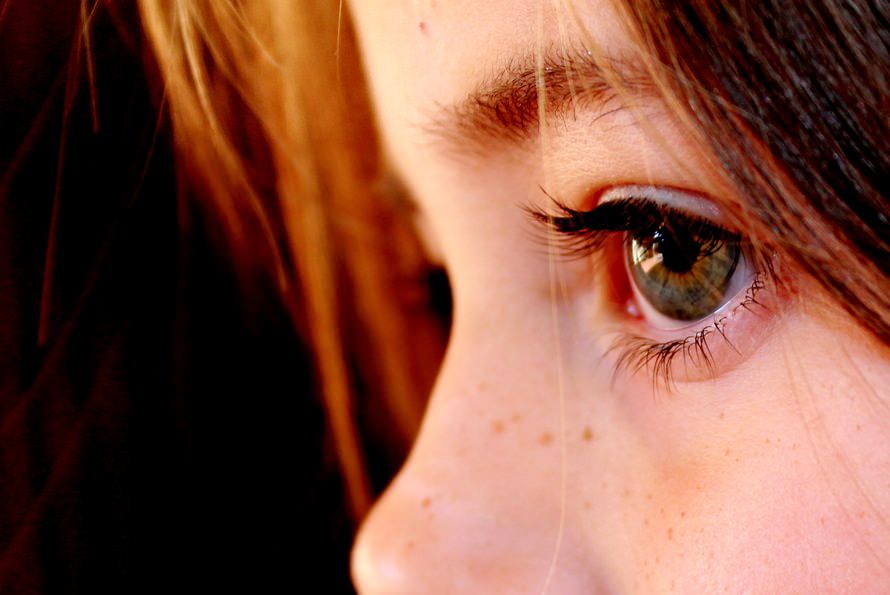
What's new in child and youth mental health, behavioral health, Wraparound and care coordination?
FidelityEHR Presents: Coordinated Care News, a monthly e-newsletter dedicated to care coordination, Wraparound, and child and youth mental health.
Over the past few months, several new and interesting studies related to child and youth mental health and care coordination were circulated. Here's what's new in the world of Wraparound, care coordination and emerging clinical studies related to child and youth mental and behavioral health.
1. Care coordination is expected to dominate healthcare in 2016
For many years, the Centers of Medicare and Medicaid Services (CMS) used a fee-for-service reimbursement payment system for providers. This meant that providers were reimbursed based on volume alone: number of admissions, procedures, lab tests and patient visits. Lynn Wold, president and CEO of UnityPoint Health-St. Luke's, expects all of that to change in 2016.
This year, the United States Department of Health and Human Services plans to connect 30 percent of fee-for-service payments to the service's care value through alternative payment models. That percentage of value-based reimbursement is expected to increase to 50 percent by 2018.
Instead of focusing on volume, healthcare providers will begin to focus more heavily on delivering high-quality and coordinated care. Wold notes that proper care coordination and more virtual visits are critical to achieving these goals. Over time, healthcare costs are expected to drop, because, through preventative care, individuals suffering from chronic conditions will be more likely to avoid expensive ER visits.
- Read The Story
2. Centers for Medicare & Medicaid Services Plans To Fund "Accountable Health Communities' Models
The federal government is supporting care coordination improvements with social services providers with $157 million in seed money over five years. This money will be awarded to up to 44 "bridge organizations" across the nation. These organizations will take a look at their Medicare and Medicaid patients' social needs related to health, and then refer them to community resources and assign them to a "community health navigator".
"[Unmet social needs] can lead to poor health that requires expensive emergency room visits of hospitalizations. Many social needs, such as housing instability, hunger, and interpersonal violence, affect individuals' health. Yet they may not be detected or addressed during typical, short doctor's visits," said CMS Deputy Administrators Darshak Sanghavi, MD, and Patrick Conway, MD on the CMS blog.
This is the very first model for CMS that focuses on the Medicare and Medicaid beneficiaries' health-related social needs. The solution? Integrated and consistent care coordination.
3. Infant brain development and anatomy is altered by childhood depression
A new study published by the Washington University of St. Louis in JAMA Psychiatry indicates that children who suffer from clinical depression at early ages develop abnormally. These findings indicate that life experience, such as a period of depression, can actually alter the brain's development and anatomy.
"Traditionally, we have thought about the brain as an organ that develops in a predetermined way, but our research is showing that actual experience -- including negative moods, exposure to poverty, and a lack of parental support and nurturing -- have a material impact on brain growth and development," said Joan L. Luby, MD. Dr. Luby's previous research showed that children as young as the age of three can experience episodes of depression.
The study showed that children who experience depression have less gray matter volume in the brain. They also present a thinner layer of gray matter in the cortex, which is an area of the brain that is critical to processing emotions. This study could help explain why both children, youth and adults who suffer from depression have difficulty regulating their emotions.
4. Inconsistent maternal care for babies may affect brain development
A new study conducted by researchers at the University of California demonstrated that fragmented maternal care for a baby can negatively impact brain development and lead to future emotional disorders. The study's findings suggest that even minor interruptions - such as a text message or phone call - could have a long-lasting impact on proper brain development. Inconsistent maternal care for infants is linked to an increased likelihood of risky behaviors, such as drug abuse, in adolescence.
"Our work builds on many studies showing that maternal care is important for future emotional health. Importantly, it shows that it is not how much maternal care that influences adolescent behavior, but the avoidance of fragmented and unpredictable care that is crucial. We might wish to turn off the mobile phone when caring for baby and be predictable and consistent."
5. How childhood bullying leads to psychological disorders in adulthood
A new study out of the Finnish University of Turku indicates that exposure to childhood bullying is related to psychiatric disorders in adulthood. The study, recently published in JAMA Psychiatry, examined the relationship between bullying behaviors in children at the age of eight and their psychiatric outcomes at the age of 29. Over 5,000 Finnish children were assessed based on feedback from the children, their parents and teachers.
The study indicated that roughy 90 percent of participants did not engage in bullying behaviors as a child. Of that 4,540, 520, or 11.5 percent of the participants received a psychiatric diagnosis by age 29. For the remaining participants, who were exposed to varying degrees of bullying as children, the following did receive a psychiatric diagnosis later on in life:
- 19.9 percent of participants who engaged in frequent bullying
- 23.1 percent of participants who were frequently exposed to bullying
- 31.2 percent of participants who both frequently engaged in and were exposed to bullying at age eight
The study indicated that children who are bullies, and are bullied, are at high risk of developing a psychiatric disorder as an adult.
6. The relationship between ADHD medications and bullying
A new University of Michigan study showed that children and youth who suffer from ADHD and take medications are twice as likely to be bullied than children and youth who don't have ADHD. This is believed to be the first study to examine how stimulant medications affect a child's relationship with their peers.
The researchers surveyed 5,000 middle and high school students over a four-year period. Fifteen percent of these students were diagnosed with ADHD and 4 percent were prescribed stimulants, such as Ritalin. Out of those 200 students, 40 reported being asked by their peers to sell or share their medications. This study reinforces the importance for students who treat their ADHD with stimulants to reduce the risk of being victimized by keeping their diagnosis and medications to themselves.
7. Cortisol levels in children's hair may lead to disorders in adulthood
Australian researchers recently assessed cortisol levels in 70 nine year-old children across Victoria by analyzing their hair. Cortisol, known as the "stress hormone," is released when the body experiences acute stress.
Whereas saliva and blood tests can also indicate the hormone's levels, analyzing the levels in hair allowed the researchers to examine cortisol levels over a period of a few months rather than one day. The researchers correlated the amount of each child's cortisol levels with recent life events. Children who experienced more traumatic events, such as divorce, serious injury, death, illness of a loved one, or moving to a new house, showed greater hair cortisol concentrations.
“What’s less commonly understood is that beyond poor mental health, it can also be associated with the development of other illnesses such as diabetes, obesity and cholesterol issues, because cortisol is also central to glucose availability, blood pressure and immune function, so identifying these children is important,” said Dr. Julian Simmons.
This research is just a piece of a larger ongoing Childhood to Adolescence Study at the Murdoch Childrens Research Institute. This study follows the development of 1,200 children near Melbourne. The study was published in Psychoneuroendocrinology.







